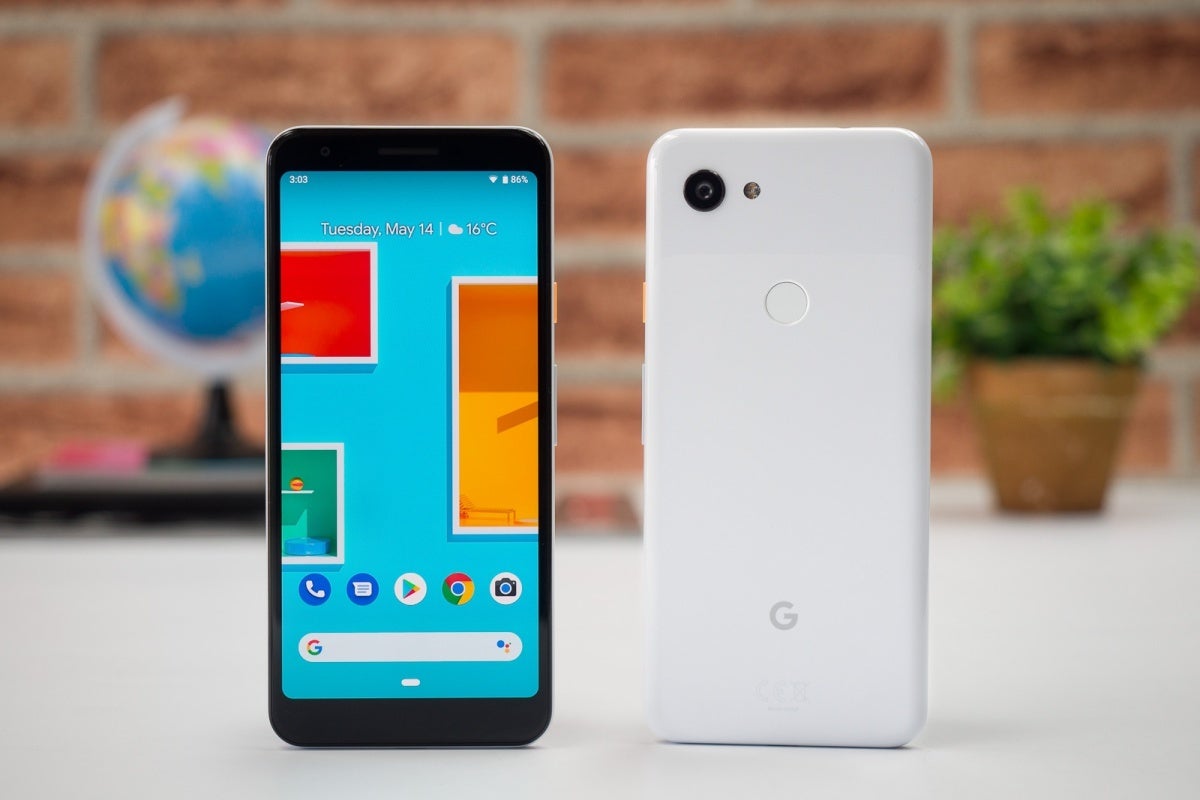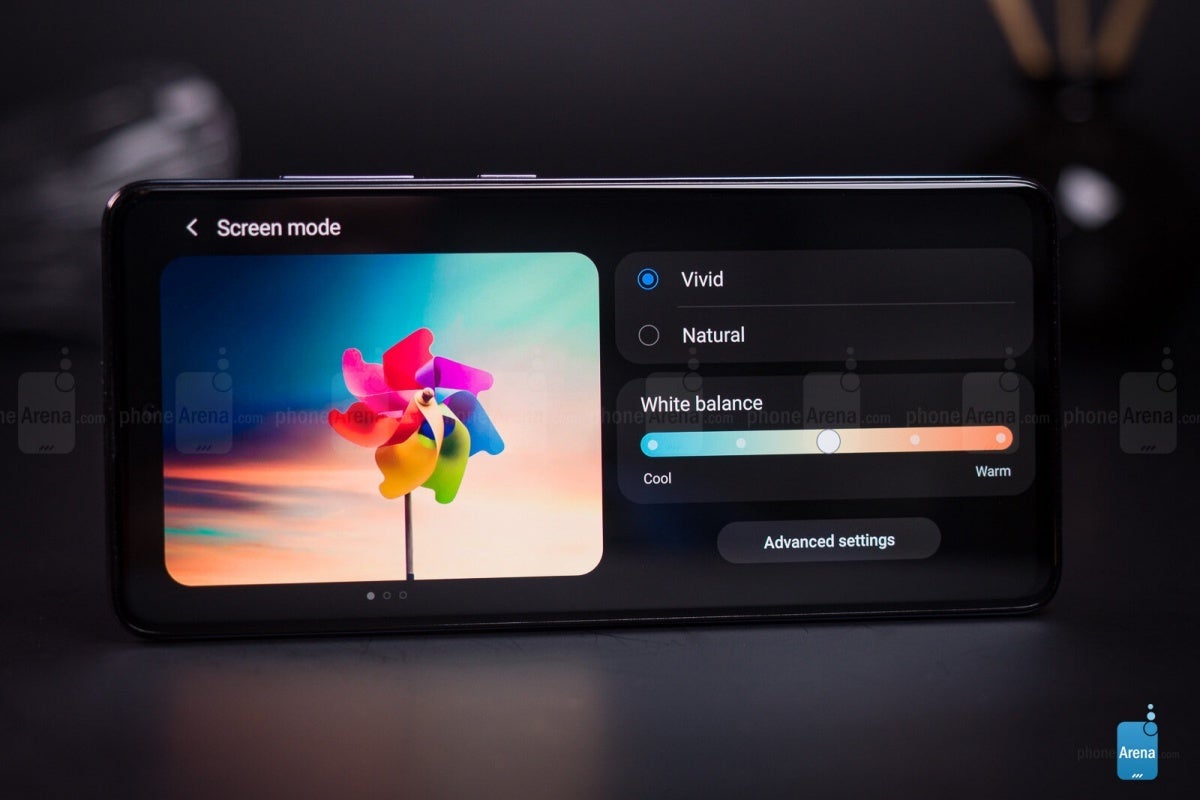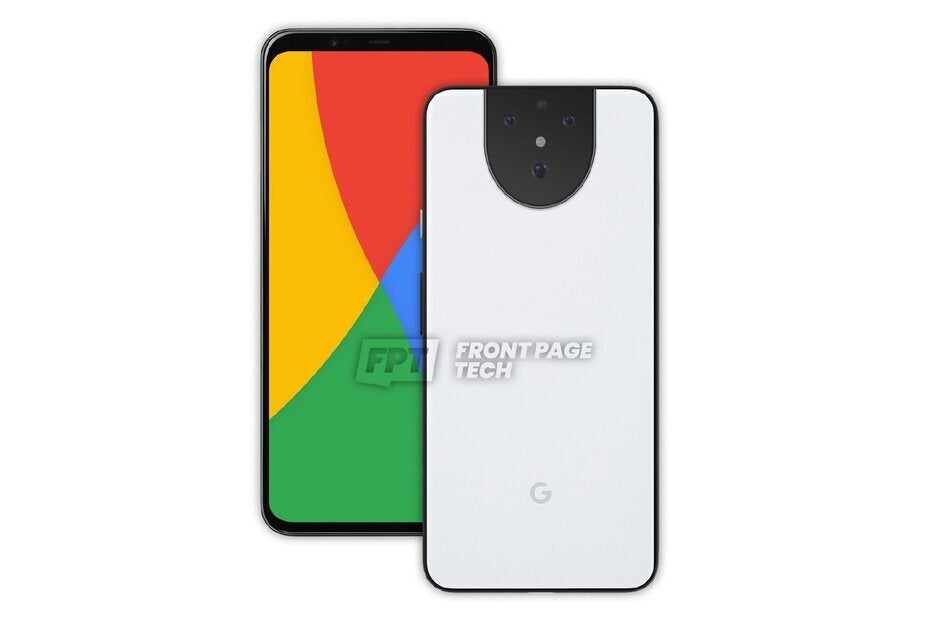Google should just cancel the Pixel 4a to focus entirely on the 5G Pixel 5
This article may contain personal views and opinion from the author.

Leaked Pixel 4a renders from December
Google is not a hardware-focused company, deriving most of its profits from things like online advertising, digital content distribution, and cloud services. The Pixel project is an experiment meant to showcase Android's progress in a controlled environment untainted by the proprietary software tweaks and bloatware of third-party device manufacturers. Google doesn't want to play the volume game and risk drawing Samsung's ire, settling for low sales numbers and hefty margins instead.
Those are just a few of the defenses routinely used by the search giant's hardcore fans to explain its many in-house smartphone missteps over the years. But whatever the true reasons why the company is sticking around after all this time, putting its name and reputation on the line year after year on a handset roster that never managed to break into the mainstream, some things are simply inexcusable and indefensible.
Google's own top executives couldn't justify some of Pixel 4's shortcomings, reportedly leaving the slowly sinking ship ahead of the Pixel 4a and Pixel 5 launches.
At the same time, a surprising report from a couple of weeks ago suggested the Pixel family actually had a pretty good year in 2019 in terms of global shipments... at least by Pixel standards. It's not hard to figure out what Google did differently last year compared to 2018, 2017, or 2016, which begs the obvious question - where the heck are the Pixel 4a and 4a XL?!
The window may have already closed
Unfortunately, there's no way to know for sure how big of a chunk of Google's reported 7.2 million unit sales total in 2019 went to the mid-range Pixel 3a and 3a XL. Anecdotally, all signs seem to point in the direction of a colossal box-office flop for the high-end Pixel 4 duo, which caught a lot of flak from both professional reviewers and regular consumers for a mediocre battery life, mediocre design, gimmicky Motion Sense functionality, and excessive pricing.

The Pixel 3a was pretty fly for an affordable guy
The Pixel 3a duo, meanwhile, knocked our socks off with a phenomenal camera on a tight budget, basically entering the scene as a long overdue polished sequel to the bootlooping Nexus 5X. The difference between 2015 and 2020 is that many flagships have broken the $1,000 psychological barrier recently, pushing more and more consumers towards lower price points, especially as non-essential shopping continues to lose steam amid increasingly challenging global economic conditions.
Coincidentally (or not), the coronavirus pandemic and its profound impact on the smartphone market did not catch the likes of Apple and Samsung unprepared. Quite on the contrary, as the Cupertino-based tech giant released its most affordable iPhone ever a couple of months ago, while the world's number one handset vendor upped its mid-range game with the beautiful and incredibly popular Galaxy A51.
At the same time, Google purportedly cancelled the Pixel 4a XL altogether, also holding off the Pixel 4a announcement for unknown reasons that may or may not have anything to do with COVID-19. Whatever happened behind the scenes that forced the company to postpone a launch widely expected to take place in May at first, the damage is already done.

The Galaxy A51 is one of the world's best-selling smartphones
The iPhone SE (2020) is simply too powerful (and cheap) and the Samsung Galaxy A51 too good-looking (and cheap) for Google to try to catch up now. There are even a number of 5G-enabled devices coming soon to the US at prices of $400 to $500, and at this point, I wouldn't be surprised to see a couple of these beat the 4G LTE-only Pixel 4a to market.
All things considered, what the search giant should do is pull the Pixel 4a plug as well and shift its hardware focus entirely to the Pixel 5. That may sound like a counterintuitive advice after offering so much praise for the Pixel 3a, but it's the only way forward that makes sense.
The Pixel 5 is essentially a Pixel 5a anyway
It's true, we've known for a fairly long time now that Google's next flagship is, well, unlikely to be an actual flagship. Powered by a Snapdragon 765 processor as opposed to the 865 found under the hood of Samsung's Galaxy S20-series devices, the OnePlus 8 duo, the Motorola Edge+, and so on and so forth, the Pixel 5 might not cost as little as the 3a or 3a XL, but it should easily undercut the Pixel 4 and 4 XL while supporting 5G speeds.
As proven by the non-Plus Motorola Edge, that's a perfectly acceptable SoC capable of striking a great balance between raw power and energy efficiency, the latter of which could be able to help fix the Pixel 4's biggest flaw. Bottom line, the Pixel 5 and Qualcomm's upper mid-range chipset with integrated 5G compatibility seem like a match made in heaven.

These are still the only leaked renders of a purported Pixel 5 XL prototype
Then again, just as the Pixel 4a missed its window by not debuting in its expected timeframe, so could the Pixel 5 arrive too late to make a difference in the inexpensive 5G handset space. The newest rumors suggest the otherwise mysterious phone may be pushed back until November, by which point the aforementioned market segment is likely to be flooded with decent options priced as aggressively or more so than the Pixel 5.
I'm talking everything from the existing Samsung Galaxy A71 to the Motorola Edge and LG Velvet, which are not yet available in the US, as well as the impending OnePlus Z (aka Nord), and yes, possibly an entry-level iPhone 12 variant tipped to cost less than 650 bucks too.
All in all, time is of the essence for Google, which needs to choose between sacrificing the Pixel 4a for the good of the brand and pretty much sacrificing both the 4a and Pixel 5 for the good of diversity... and confusion. Sounds like a no-brainer to me, but you never know what the company will do when faced with a pickle like this. After all, someone did sanction the ghastly Pixel 3 XL notch and tiny Pixel 4 battery when there were certainly better options available.
Follow us on Google News


















Things that are NOT allowed:
To help keep our community safe and free from spam, we apply temporary limits to newly created accounts: